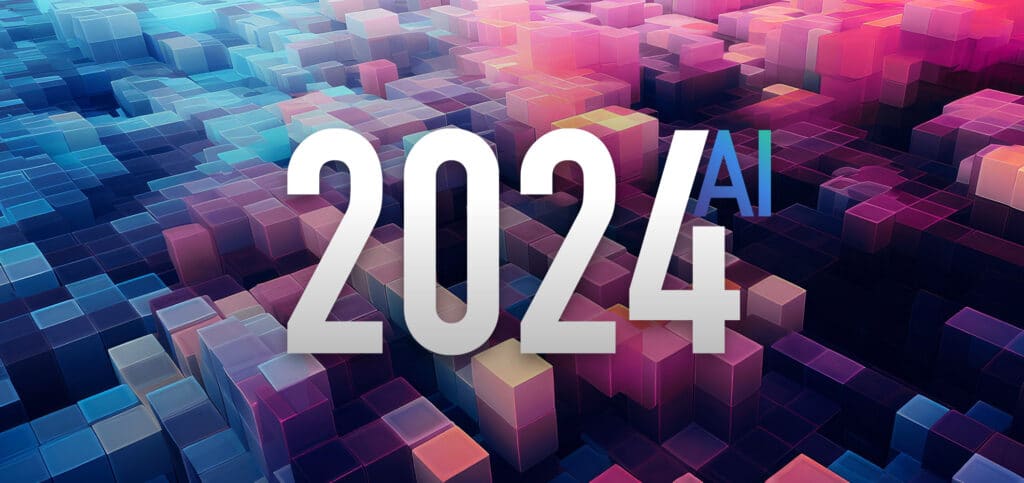
More than two-thirds of organizations began exploring generative AI use cases for their business in the past year. As part of this process, one question inevitably surfaces: is it better to build your own generative AI solution or to partner with an AI provider?
In reality, there are pros and cons to both approaches. For those struggling with the build vs. buy dilemma on their gen AI journey, we’ll explore both sides of the debate to clarify the best path forward.
Pros of building your own generative AI solution
It’s no secret that generative AI has game-changing capabilities. Couple that with the fact that there’s a low barrier to entry in building basic generative AI proof-of-concepts and it’s easy to see why some organizations are tempted to build their own solutions.
What’s more, building a custom generative AI solution yields better results than using out-of-the-box AI—particularly in contact centers, where generic public models are too slow to meet their needs.
LLMs are not one-size-fits-all
In turn, the biggest pros of building your own gen AI solution boil down to three key points:
- You likely have the necessary in-house talent
- Bespoke, fine-tuned models outperform out-of-the-box AI
- Building your own solution enables you to take a targeted approach
Still, choosing to build a generative AI has notable drawbacks that should be considered.
Cons of building your own solution
An important consideration in the build vs. buy dilemma is simply that AI products are more than just large language models (LLMs).
So, while you may have skilled engineers on staff who can build and fine-tune a model for your organization, it can then take them hundreds or thousands of hours to build just one feature of an existing gen AI-driven product.
This translates to massive opportunity cost. Despite nearly universal interest in generative AI, 60% of U.S. executives say they’re still one to two years away from implementing their first generative AI solution; during that time, generative AI providers will continue innovating and your competitors who buy rather than build a solution will have outpaced you.
Ultimately, the greatest cons of building your own generative AI solution come down to:
- In the time it takes you to build a solution in-house, established providers will have greatly advanced
- AI products require more than an LLM alone, which means building your own solution may take longer than you think
- Even the most skilled teams are bound to encounter unexpected complexities and setbacks
Although the cons of building your own solution should certainly give you pause, it’s important to understand that you don’t necessarily have to relinquish control entirely when partnering with a gen AI provider.
Choosing the right path forward
Rather than choosing to build or buy a solution as if those options exist in wholly separate realities, you can also pursue a combined approach.
With an established provider of generative AI-driven products, you can implement all of the customization you’d enjoy with a home-grown solution but avoid the complexity. For example, Cresta makes it easy to build AI rules through our self-service, no-code application, Opera.
As you explore whether to build or buy your own generative AI solution, remember to weigh the opportunity cost of slow in-house development against the value of a highly customized model—and bear in mind, with the right provider, you won’t be forced to choose one or the other.
To learn more about how you can build with Cresta or to see our products in action, reach out for a customized demo!


